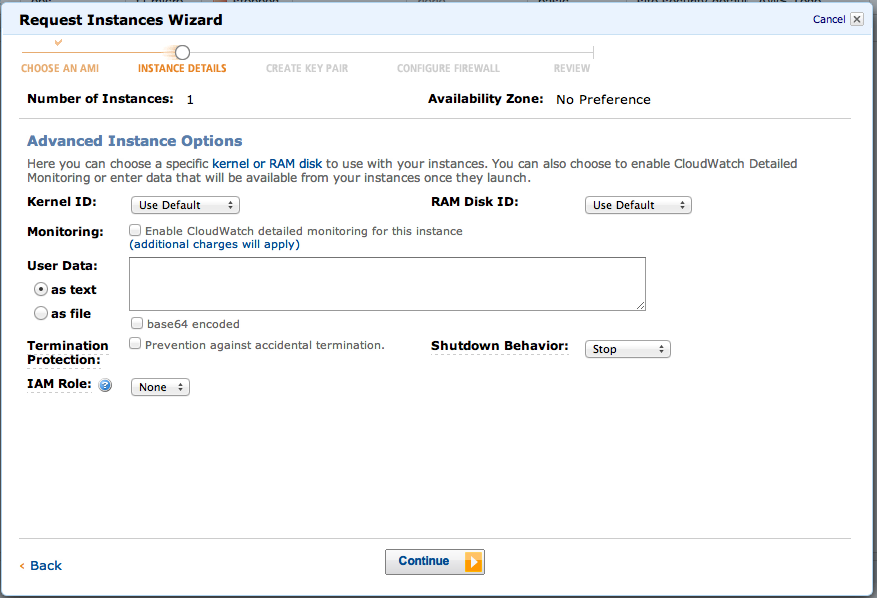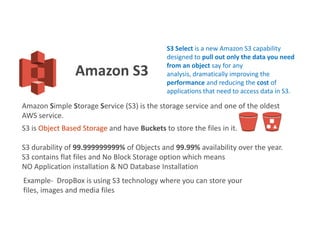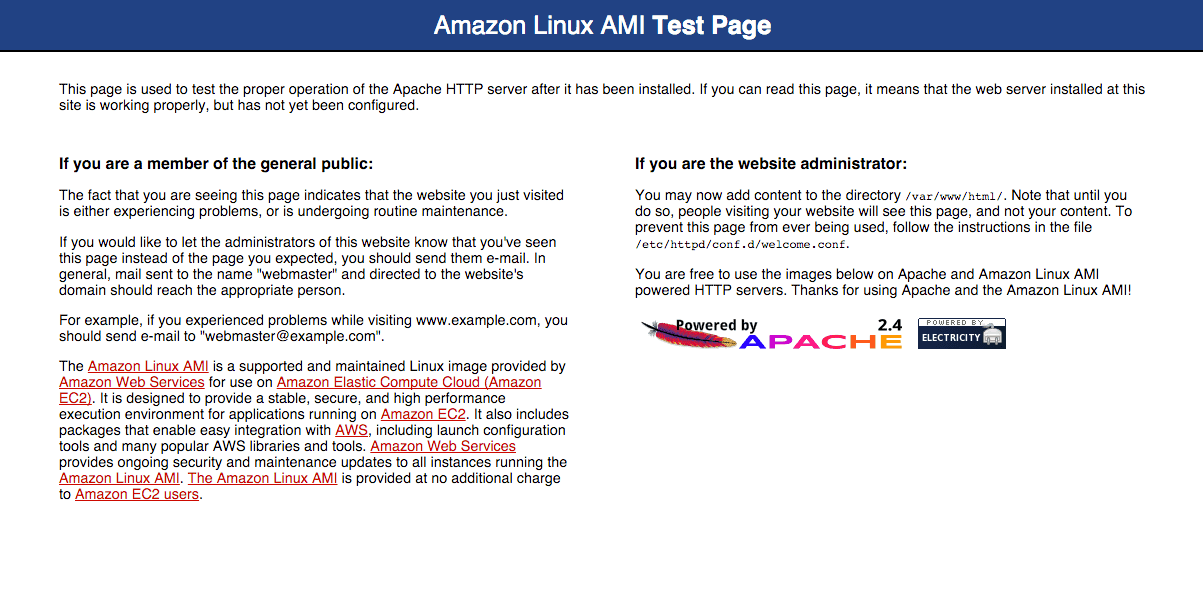

- #CODA 2 CONNECT TO EC2 HOW TO#
- #CODA 2 CONNECT TO EC2 SOFTWARE#
- #CODA 2 CONNECT TO EC2 PASSWORD#
- #CODA 2 CONNECT TO EC2 WINDOWS#
Lastly, click on Open to start your SSH session. the ppk file) where it says Private key file for authentication (if you click on browse you can easily search for the directory where you have stored it). Then click on Auth (which stands for authenticate) and enter the name of your private key file (i.e. Next, click on the + button next to the SSH field to expand this section. Here is an example for connecting to an Amazon Linux AMI:

Otherwise, if ec2-user and root don’t work, check with the AMI provider.For SUSE, the user name is ec2-user or root.For a Fedora AMI, the user name is ec2-user.For a Centos AMI, the user name is centos.For an Ubuntu AMI, the user name is ubuntu or root.For a RHEL AMI, the user name is ec2-user or root.


You will receive a warning message asking if you want to save this key without a passphrase. PuTTYgen will then load and convert your file. Filezilla - To access EC2 instance Remotely. To connect to Amazon EC2 Instance using PuTTY, you need 2 tools. Note: when browsing for your pem file be sure to select All Files in the dropdown list that is located to the right of the File name field. The best part of the Amazon EC2 instance is that it will allow you to scale your resources to the requirements of your target workload. Next, open PuTTYgen, On the PuTTYgen dialog box, click the Load Button and then select the.
#CODA 2 CONNECT TO EC2 SOFTWARE#
If you don’t have the PuTTY software installed on your system, you will need to download it from Be sure to select the entire package as shown below, as it will include all the needed utilities such as puttygen and pageant. To connect with ec2 instance you need putty.
#CODA 2 CONNECT TO EC2 WINDOWS#
You can find this under EC2 instance For Windows Change ipaddress string with your ipaddress. Here ubuntu is the default usrename created by aws. Next, Run below command to connect with EC2 instance ssh -i /path/to/your/key/filename.pem Next, Open your terminal and run the below command to change the permission chmod 400 **/path/to/your/key/filename.pem Usually this will be in your “Downloads” folder, but you may want to move it elsewhere.įirst of all we will change the PEM file permission. You will need to know the location of your key pair you created when you launched your instance.
#CODA 2 CONNECT TO EC2 HOW TO#
IdentityFile ~/.keys/ssh/ec2/ap_northeast_1.Hello Friends, In the last tutorial we have learned how to create EC2 instance, Now we will learn how to connect EC2 instance with terminal If you've saved your EC2 ssh keypair in /.ssh/ec2rsa then simply edit /.ssh/config to look like: IdentityFile /. IdentityFile ~/.keys/ssh/ec2/ap_southeast_1.key Coda should pick up settings from your ssh config so you can configure this fairly easily. IdentityFile ~/.keys/ssh/ec2/eu_west_1.key IdentityFile ~/.keys/ssh/ec2/us_west_1.key IdentityFile ~/.keys/ssh/ec2/us_east_1.key ssh/config to automatically apply my EC2 keypairs for EC2 resources: # EC2 Northern Virginia
#CODA 2 CONNECT TO EC2 PASSWORD#
If you continue to have problems you can always enable password authentication on your instance by editing /etc/ssh/sshd_config and adding the line PasswordAuthentication yes to the end of the file, then setting a password for your user with passwd If everything's configured properly then you should be able to, from the command line, run ssh and get a login prompt You can also restrict the IdentityFile directive to just your AWS resource with: Host If you've saved your EC2 ssh keypair in ~/.ssh/ec2_rsa then simply edit ~/.ssh/config to look like: IdentityFile ~/.ssh/ec2_rsa Coda should pick up settings from your ssh config so you can configure this fairly easily.


 0 kommentar(er)
0 kommentar(er)
